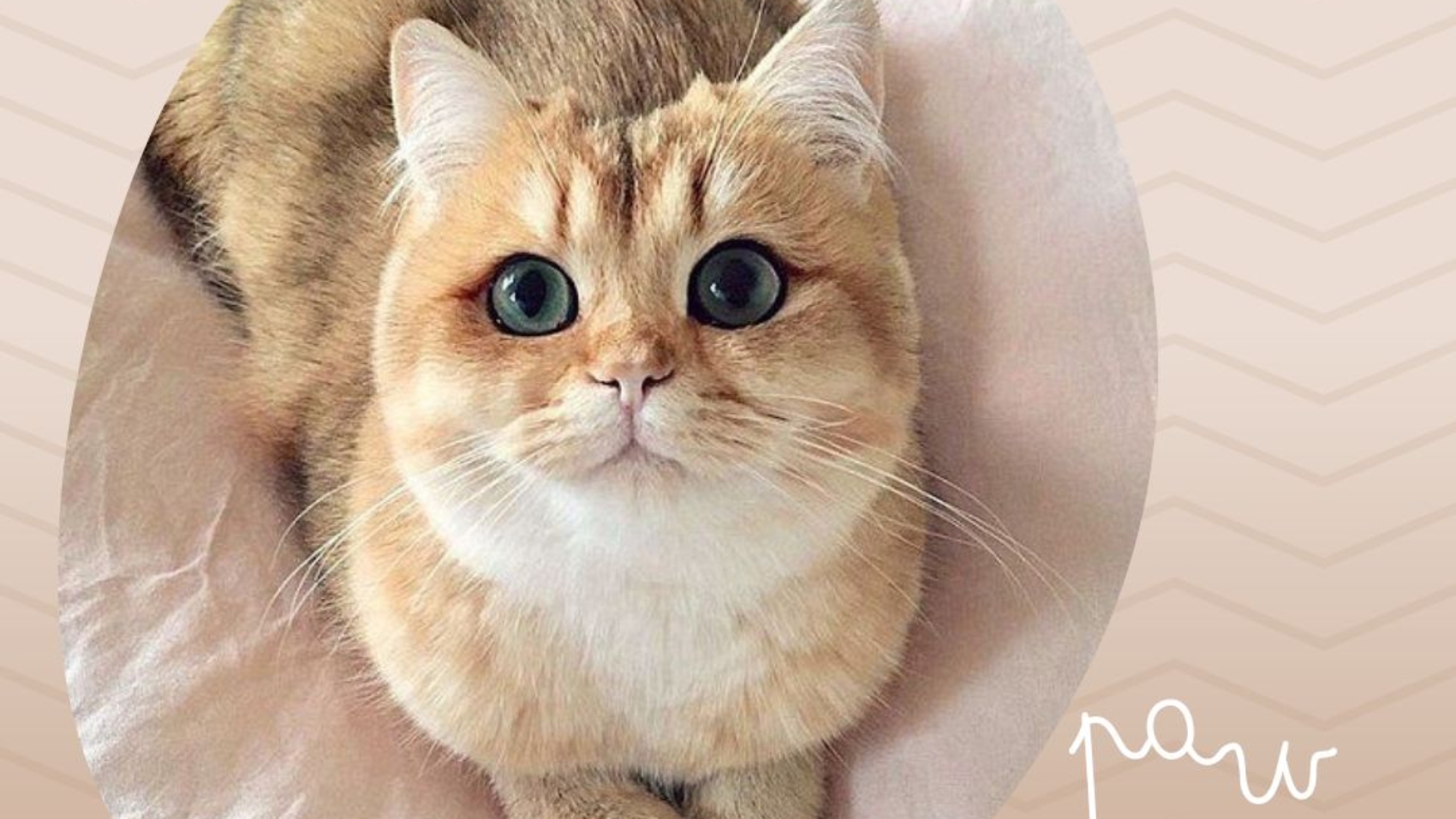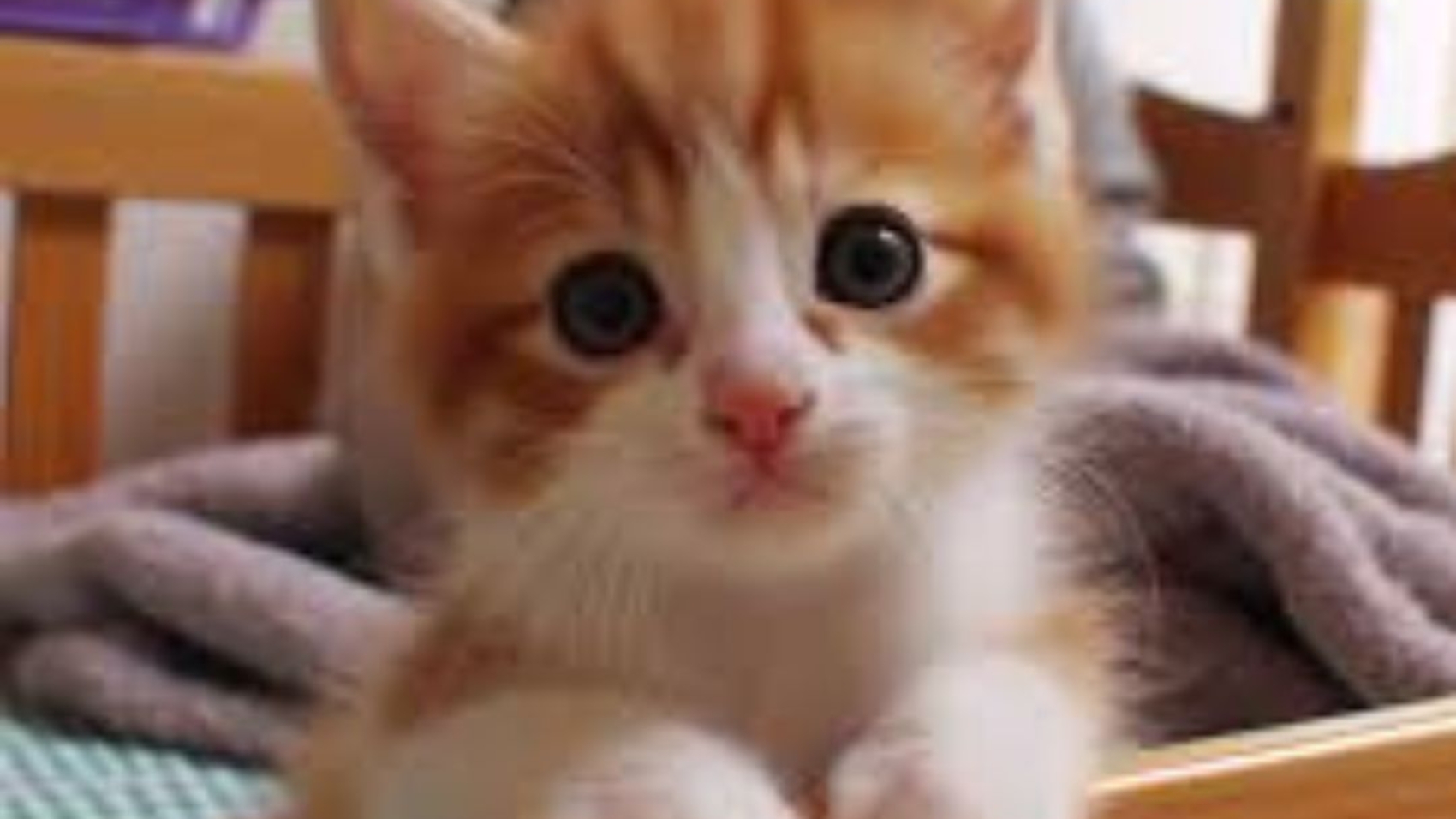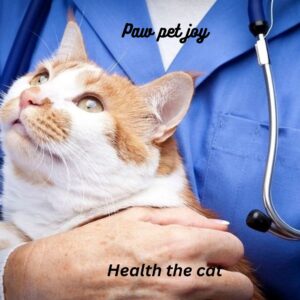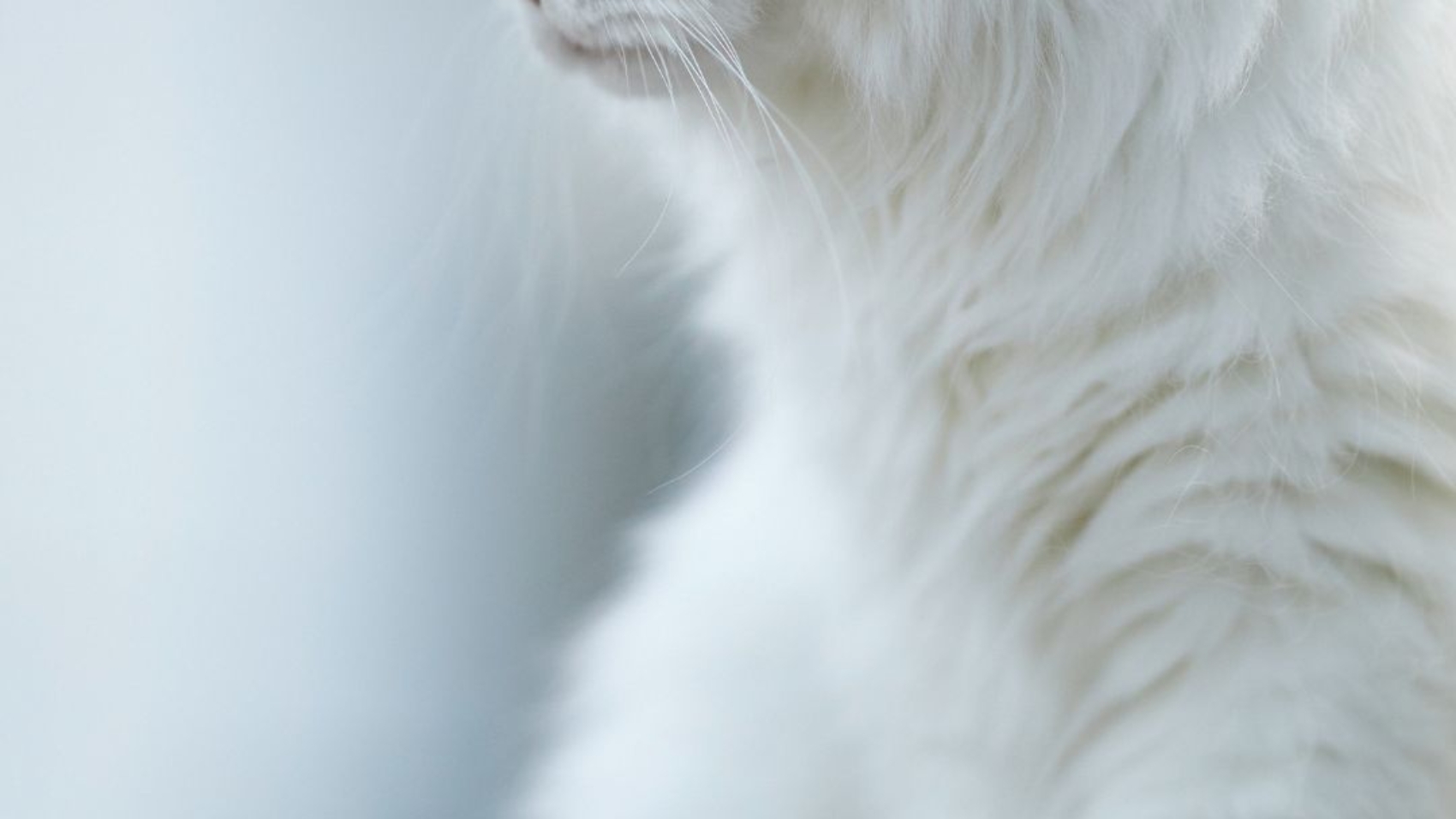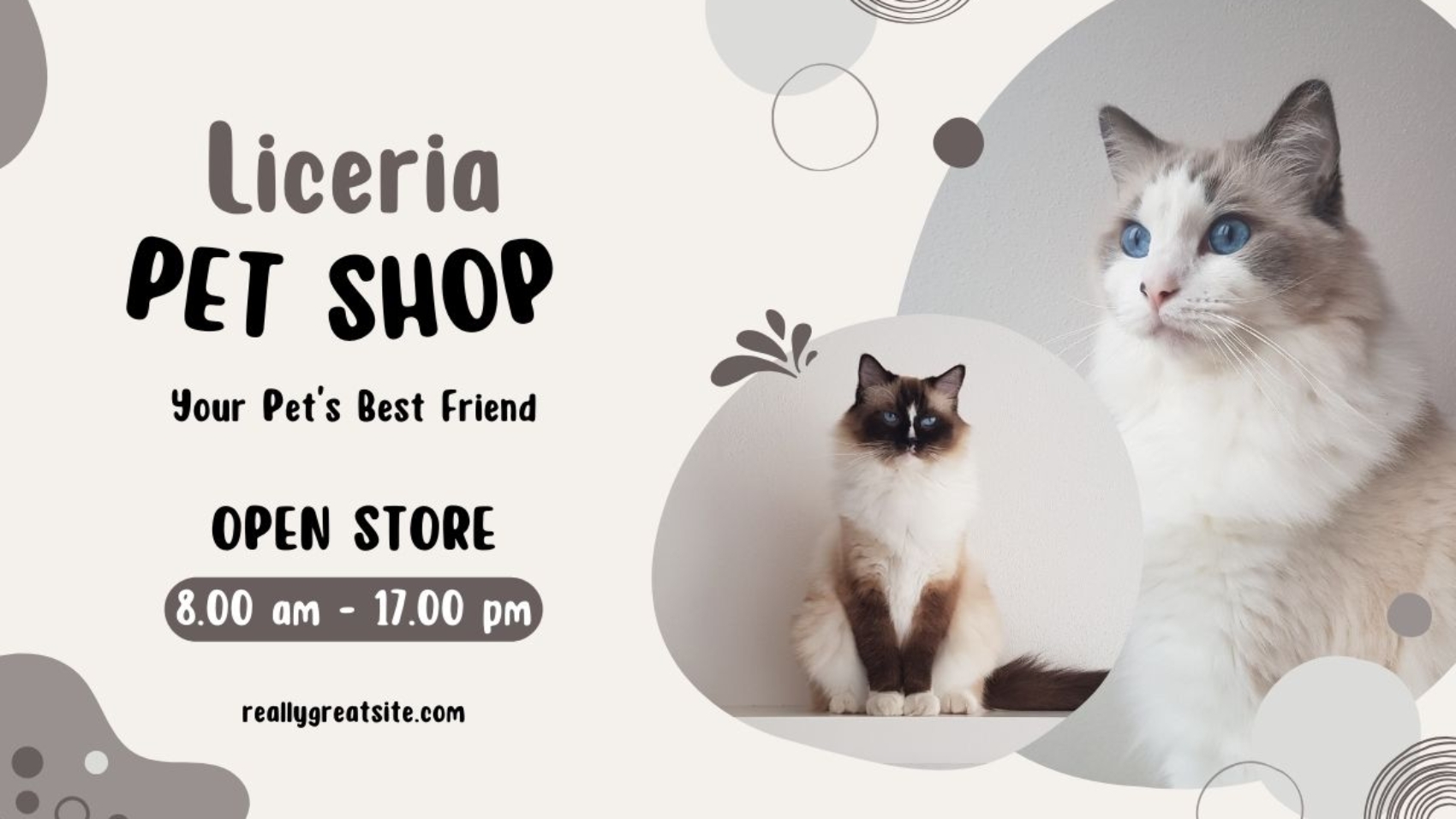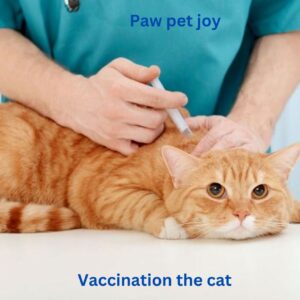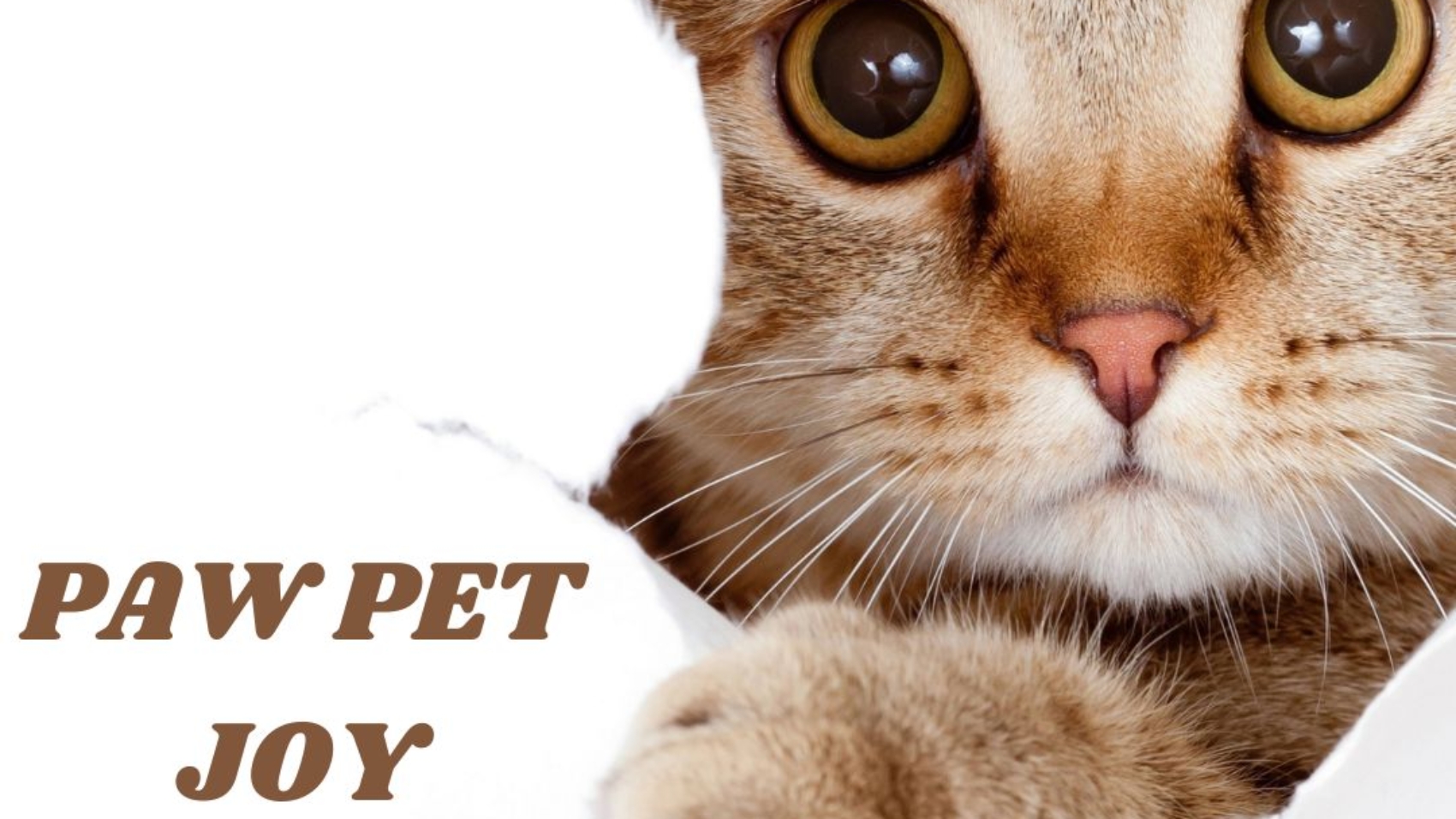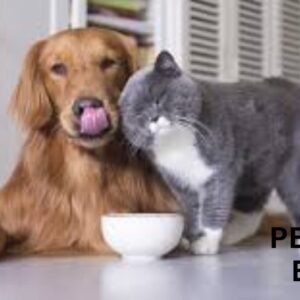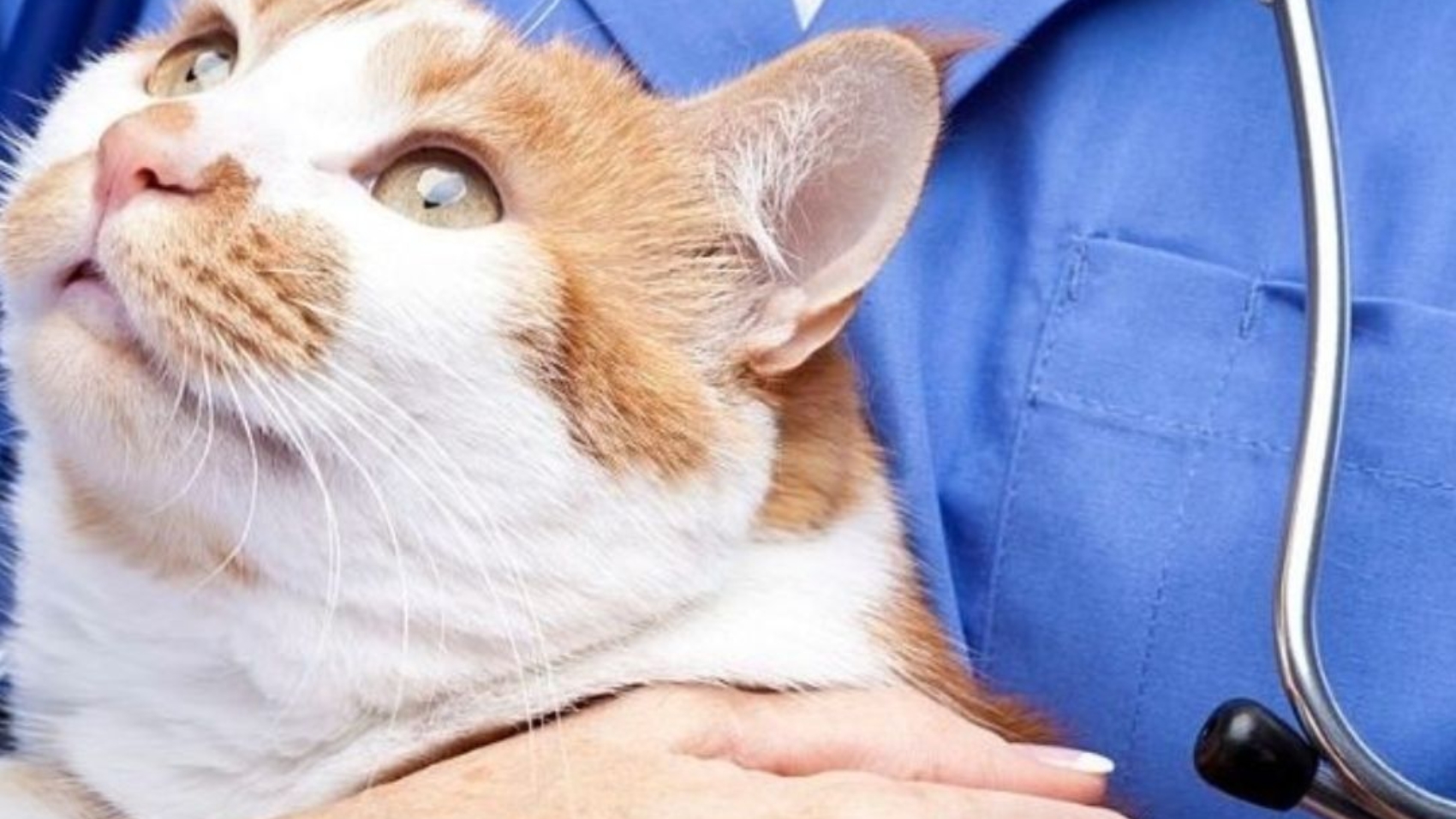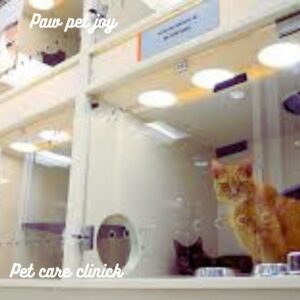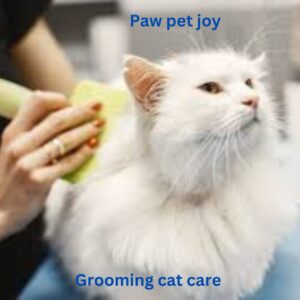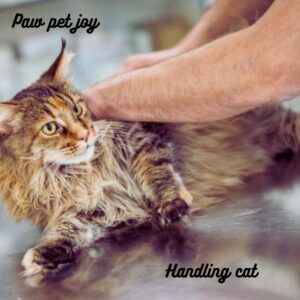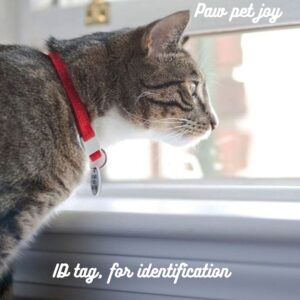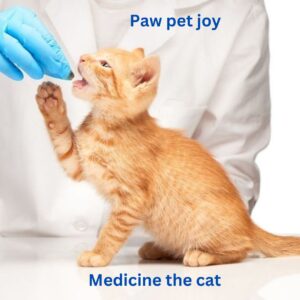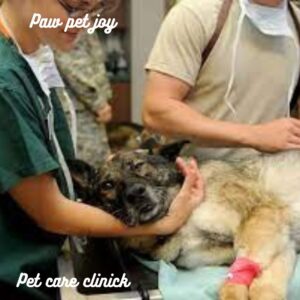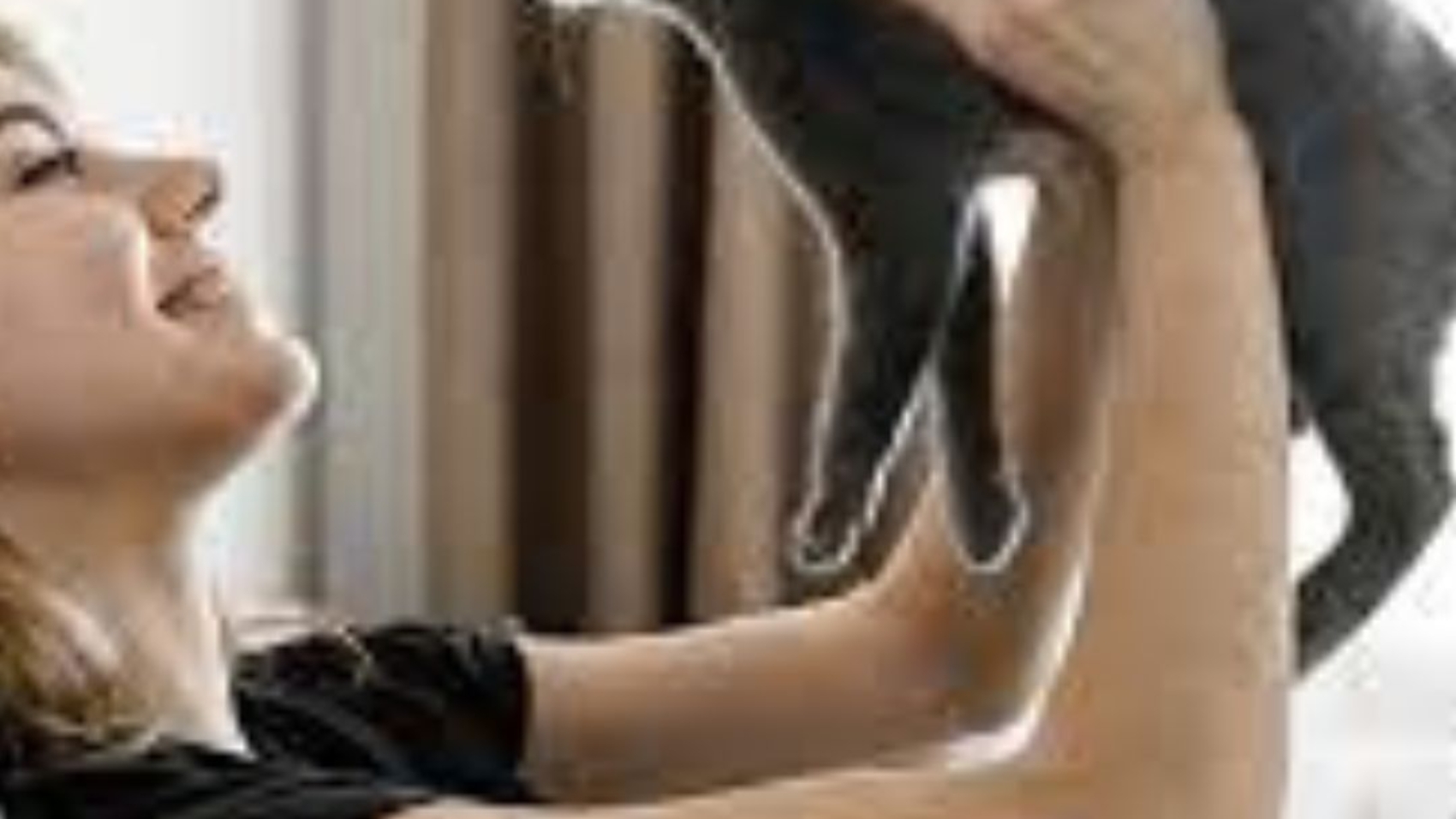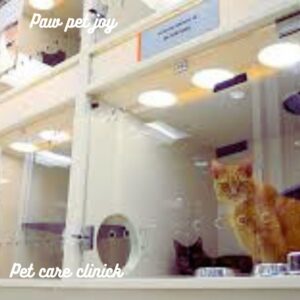You can’t meet your cat’s needs all the time, so consider a cat care service. Here is what to look for in a good pet sitter for your pet.

Choosing the right cat sitter can be a daunting task, as there are many options available. From pet-sitting services to individual cat sitters, there are several factors to consider when making your decision. Factors such as experience, certifications, references, and availability all play a role in finding the perfect match for you and your cat. By taking the time to research and interview potential sitters, you can ensure that your cat receives the best care possible in your absence
Why You Might Need Cat Care Services
In light of the self-sufficient nature of most cats, many loving cat parents haven’t ever considered in-home cat care. Here are some reasons why it might be time to hire a cat sitter
- Injury or illness can onset quickly while you are away from your pet
- Some cats are stressed or anxious when they are separated from their owners Cat Care Services
- Free feeding can risk your cat’s health and automatic feeders can be unreliable
- Most cats have a high need for mental engagement every day Cat Care Services
- Play and exercise are important for the physical health and mobility of your cat
Illness or Injury Can Occur While You’re Away
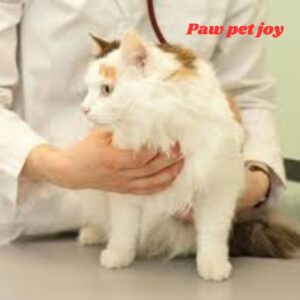
As much as we hate to think about it, our beloved feline friends can sometimes experience illness or injury while we are away from home. This can be a stressful and upsetting situation for any pet owner, especially if you are miles away on a vacation or business trip.
When your cat falls ill or gets injured while you are away Cat Care Services, it is important to have someone you trust to step in and provide the necessary care and attention. This is where a cat sitter can be a lifesaver. A professional cat sitter can come to your home and assess the situation, provide any necessary first aid, and take your cat to the vet if needed. They can also make sure your cat gets their medication, follows any special instructions from the vet, and receives the proper care and attention to aid in their recovery.
Some Cats Experience Separation Anxiety Cat Care Services

Some cats, just like people, can experience separation anxiety when their owners are away. This can manifest in various ways, such as excessive meowing, grooming, or destructive behavior. Cats are creatures of habit and can become stressed when their routine is disrupted by the absence of their beloved human.
Separation anxiety in cats can be a challenging issue for pet owners to navigate, especially if they need to be away from home for an extended period. In such cases, hiring a cat care sitter can be a great solution to ensure your pet receives the attention and care they need in your absence.
A cat care sitter can help alleviate your cat’s separation anxiety by providing companionship, playtime, and assurances that they are not alone. A sitter will ensure your cat’s feeding schedule is maintained, their litter box is clean, and their general well-being is looked after a while you are away. This can help reduce stress and anxiety for your cat and prevent unwanted behaviors from developing.
Free Feeding and Automatic Feeders Are Risky Cat Care Services
Free feeding your cat or relying on automatic feeders may seem like a convenient option for busy pet owners, but it comes with its own set of risks. Cats are natural grazers and may be prone to overeating if given unlimited access to food. This can lead to obesity and other health issues down the line. Additionally, free feeding can make it harder to monitor your cat’s appetite and detect any changes in their eating habits, which could be a sign of an underlying health problem.
Automatic feeders, while convenient for keeping your cat on a regular feeding schedule, can malfunction or dispense the wrong amount of food if not properly maintained. This can result in your cat being underfed or overfed, both of which can have negative consequences on their health. Cats are also known for being curious and may try to break into the feeder to access more food, potentially causing harm to themselves in the process.
By free feeding or relying solely on automatic feeders, you also miss out on the opportunity to bond with your cat during meal times. Feeding your cat by hand allows for interaction and can strengthen your relationship with your pet. It also gives you a chance to monitor their behavior and ensure they are eating properly.
Physical Exercise and Play Are Important to Your Cat’s Physical Health to Cat Care Services
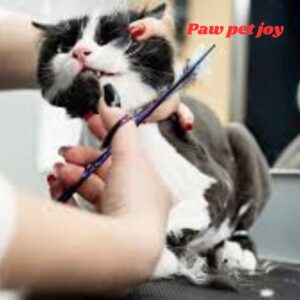
Cats are known for their independent and self-sufficient nature, but they also need physical exercise and play to maintain their overall health and well-being. Just like humans, cats need regular physical activity to keep their bodies strong and agile.
Physical exercise helps cats maintain a healthy weight, prevents obesity, and reduces the risk of various health issues such as diabetes and heart disease. Playtime also helps cats release pent-up energy and stress, which can improve their mood and behavior Cat Care Services.
Providing your cat with opportunities for physical exercise and play is essential, especially if you have a busy schedule or are away from home for long periods. This is where a cat sitter can be invaluable in ensuring that your feline friend gets the exercise and playtime they need to stay healthy and happy.
A good cat sitter will also be attentive to your cat’s specific needs and preferences when it comes to playtime. Some cats may prefer chasing a toy mouse, while others may enjoy climbing a cat tree or scratching post. A knowledgeable and experienced cat sitter will be able to customize playtime activities to suit your cat’s individual preferences and personality Cat Care Services.
Regular physical exercise and playtime can also help prevent behavioral issues in cats, such as aggression, boredom, or excessive grooming. Cats who are not provided with enough opportunities for physical activity may become restless, anxious, or destructive, so it’s important to keep them mentally and physically stimulated through regular play and exercise.
Your Cat Needs Companionship and Affection Cat Care Services
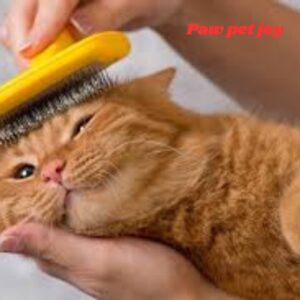
Cats may be independent creatures, but they still crave companionship and affection. While some cats may be content spending long periods of time alone, others thrive on interaction and attention from their human caregivers. If you have a busy schedule or are planning to be away from home for an extended period of time, it’s important to consider your cat’s need for companionship.
Cats need companionship and affection just like any other pet. If you find yourself unable to provide this level of attention due to a busy schedule or travel plans, consider hiring a cat sitter to ensure your furry friend receives the interaction and care they need. A cat sitter can provide your cat with love, attention, and companionship while you’re away, helping to keep them happy and healthy in your absence.
Tips for Choosing a Good Cat Care Service
Once you’ve decided you need a pet sitter, it’s time to start shopping for the right provider. Here’s what to consider when looking for a cat sitter that will meet your needs:
Decide What You’re Looking for in a Cat Sitter to Cat Care Services
When it comes to finding a cat sitter, it’s important to first determine what you’re looking for in a caregiver for your pet. Each cat is unique, with their own personality, habits, and needs. Understanding what you’re looking for in a cat sitter will help ensure that your cat receives the best care while you’re away.
Consider your cat’s individual needs. Does your cat require specific medications, a special diet, or frequent play time? Make a list of your cat’s daily routines, habits, and any special requirements they may have. This will help you communicate effectively with potential cat sitters and ensure that your cat’s needs are met while you’re away.
Think about the type of care you want for your cat. Some cat sitters offer in-home visits, where they come to your house once or twice a day to feed, play with, and check on your cat. This option can be ideal for cats who are more independent and comfortable staying in their own environment. Others may offer overnight stays at your home, providing round-the-clock care for your cat. This option is great for cats who require more attention, have anxiety, or simply prefer constant human company.
Ask the Right Questions When You Interview a Pet Sitter for Cat Care Services
When it comes to finding the right cat sitter for your pet asking the right questions during the interview process is key to ensuring their health and happiness while you are away.
One important question to ask is about the sitter’s previous experience with cats. You will want to know if they have had any formal training or certifications in cat care, as well as how long they have been working with Cat Care Services. It is important to choose someone who is knowledgeable about cat behavior and health needs, so they can provide the best care possible for your pet.
Another important question to ask is how the sitter plans to interact with your cat while you are away. Some cats may be shy or scared of new people, so it is important to find out if the sitter will take the time to get to know your cat and build a relationship with them. You will want to know if the sitter will play with your cat, groom them, or simply provide food and water Cat Care Services.
It is also important to ask about the sitter’s availability and schedule. You will want to know if they will be able to visit your cat multiple times a day, or if they will stay overnight in your home. It is important to find someone who can accommodate your cat’s needs and provide them with the attention they require Cat Care Services.
Always Get References, Credentials, and Licenses to Cat Care Services

When selecting a cat sitter to care for your pet, it is crucial to always ask for references, credentials, and licenses. This step is essential to ensure that the person you are entrusting with your pet is qualified and trustworthy.
References can provide valuable insight into the sitter’s previous experience and the quality of care they provided to other cats. It is important to ask for multiple references and contact them to get a better understanding of the sitter’s reliability, professionalism, and the rapport they have with animals. A sitter who is hesitant to provide references or whose references do not speak highly of their services may not be the best choice for your cat.
Credentials and licenses are also important factors to consider when choosing a cat sitter. Look for a sitter who has completed training or certification programs specifically geared towards Cat Care Services. These credentials demonstrate that the sitter has the knowledge and skills necessary to care for your cat properly. Additionally, some states or municipalities may require pet sitters to obtain a license to operate legally. Make sure to inquire about any required licenses and verify that the sitter has obtained them.
By checking references, credentials, and licenses, you can ensure that the cat sitter you choose is qualified and capable of providing the best possible care for your pet. This extra step can give you peace of mind knowing that your cat is in good hands while you are away Cat Care Services.
Cost and Pricing Matters Should Be Discussed Up Front Cat Care Services
When looking for a cat care sitter, one important factor that should not be overlooked is the cost and pricing of the services. It’s essential to have a clear understanding of what you will be paying for and to ensure that the fees fit within your budget Cat Care Services.
Before hiring a cat sitter, it is crucial to discuss the cost of their services upfront. This will prevent any misunderstandings or surprises when it comes time to pay for the care provided to your feline friend. Some sitters may charge a flat rate for their services, while others may charge on an hourly basis. Make sure to ask about the pricing structure and what exactly is included in the fee.
Set Clear Expectations for Your Cat Care Service
When it comes to hiring a cat care service, setting clear expectations is key to ensuring a positive experience for both you and your pet. By outlining your needs and preferences upfront, you can help your sitter understand what is expected of them and provide the best possible care for your cat.
One important aspect to consider when setting expectations is the frequency and duration of visits. Are you looking for someone to check in on your cat once a day, or do you need multiple visits throughout the day? Communicating your preferred schedule will help your sitter plan their time effectively and ensure that your cat receives the attention and care they need to Cat Care Services.
Another important consideration is your expectations around communication. Do you prefer to receive regular updates and photos of your cat while you are away, or are you comfortable with a more hands-off approach? By discussing your communication preferences upfront, you can ensure that your sitter keeps you informed and provides peace of mind while you are away Cat Care Services .
Be sure to discuss your expectations around emergency situations. Make sure your sitter has access to contact information for your veterinarian and knows how to handle any potential medical issues that may arise. Additionally, consider discussing a plan for how emergencies will be handled in your absence, such as who will make decisions about your cat’s care and how you can be reached in case of an emergency Cat Care Services.
By setting clear expectations for your cat care service, you can ensure that your sitter understands your needs and preferences and is prepared to provide the best possible care for your cat. Communication is key in any relationship, and by establishing open and honest communication with your sitter, you can create a positive and stress-free experience for both you and your pet.
What services do cat care facilities typically offer?
Cat care facilities usually offer a range of services including boarding, grooming, medical care, and sometimes even behavior training. Boarding services provide a safe and comfortable place for cats to stay while their owners are away. Grooming services may include baths, haircuts, nail trimming, and brushing. Medical care can range from routine check-ups to emergency care if needed.
How do I know if a cat care facility is reputable and safe for my pet?
Look for facilities that are licensed, accredited, or affiliated with reputable organizations such as the American Boarding Kennels Association (ABKA) or Pet Care Services Association (PCSA). Read online reviews and ask for recommendations from your veterinarian. Visit the facility in person to assess cleanliness, staff qualifications, and overall atmosphere.
What should I do to prepare my cat for boarding or daycare?
Start by ensuring your cat is up-to-date on vaccinations and flea/tick prevention. Provide the facility with your cat’s medical records and any special dietary or medication needs. Pack familiar items such as toys, bedding, and a favorite blanket to help your cat feel more at ease. If your cat is new to boarding, consider a trial stay or shorter visits to help them acclimate.
How often should my cat be groomed, and what grooming services are essential?
The frequency of grooming depends on your cat’s breed, coat length, and individual needs. Long-haired cats typically require more frequent grooming than short-haired breeds. Essential grooming services include regular brushing to prevent mats and reduce shedding, nail trimming to prevent overgrowth and injury, ear cleaning to prevent infections, and occasional baths to keep the coat clean and healthy.
What measures are in place to ensure my cat’s safety and well-being while in the care of a facility?
Reputable cat care facilities implement various safety measures to ensure the well-being of all guests. These may include secure enclosures or individual cat condos to prevent escapes, regular monitoring by trained staff, strict cleaning protocols to prevent the spread of illness, and access to veterinary care in case of emergencies. Some facilities also offer webcams or other forms of communication so owners can check in on their cats remotely.
Conclusion:
If you are a cat owner who needs to be away from home for an extended period of time, hiring a cat care service can provide peace of mind knowing your feline friend is being well taken care of. When choosing a sitter, be sure to consider factors such as experience, references, and communication style to ensure the best possible care for your beloved pet. Your cat deserves the best care even when you can’t be there, so take the time to find a reliable and trustworthy sitter that will provide the love and attention your cat deserves.
